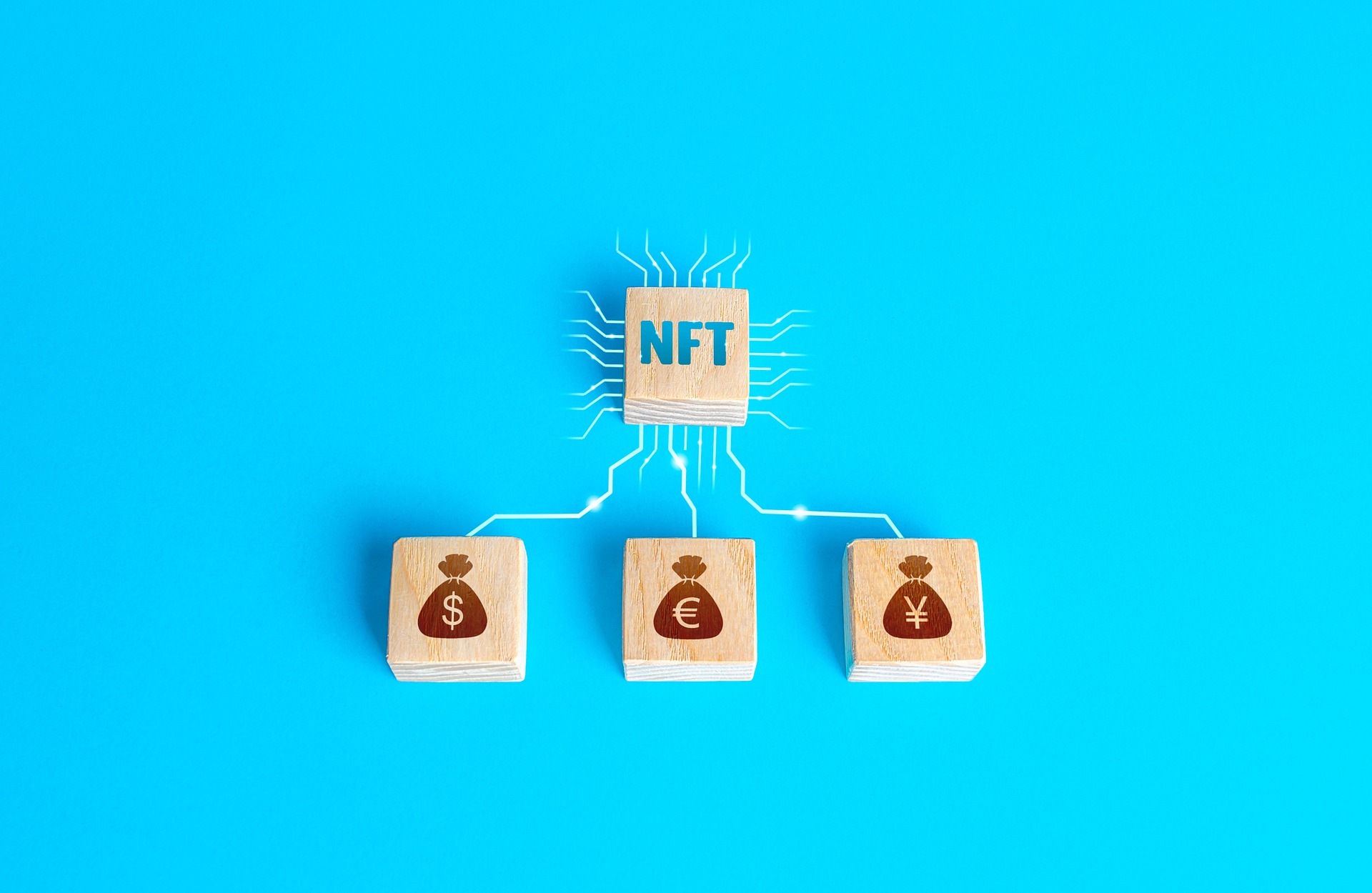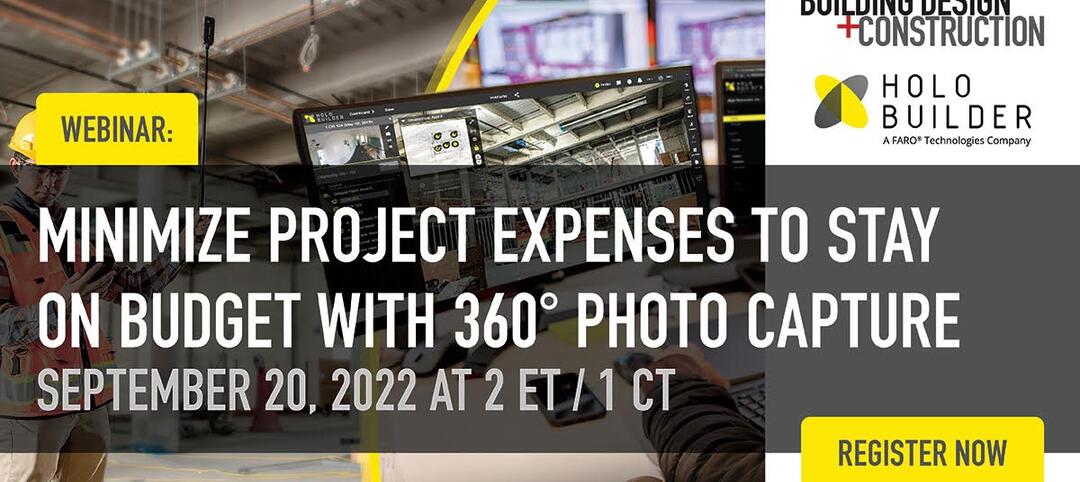An NFT, or non-fungible token, is a digital object that cannot be duplicated. NFTs allow the owners of digital or intangible assets that can be replicated to assert ownership and, by extension, to commodify and trade those assets. For example, anyone can browse photography of the latest Anish Kapoor, but only one city can make a grand public artwork a tourist calling card. For anyone who has ever experienced the frustration of having an idea copied, NFTs offer a possible solution.
As we know them today, NFTs exist in a world far removed from everyday reality—belonging to an intangible fantasy land pioneered by connoisseurs of computer games and digital art. But the value placed on these digital objects, and the tokens associated, is as real as a coin in your pocket.
Where does design come into the NFT picture? A fundamental value of design is its ingenuity in reimagining a better future. Designs can be abstracted or copied, but the ingenuity lies in the process. The labor in design—the thinking, testing, and problem solving—is what clients are ultimately buying. The building or interior is the product of that process.
6 ways non-fungible tokens (NFTs) could transform the design industry
“Tokenizing” design labor would give clients the opportunity to bid for the time of a designer or firm. By placing a higher value on time, this Token Future would create six compelling outcomes:
1. Complimentary Investment.
When a client invests in design, they invest in the benefits expected from the finished building. Tokenizing design labor would mean that a complimentary investment in the designer’s time is also made. To explain, a labor token could appreciate in value and be traded for profit. A token will appreciate as market demand grows, which is itself fueled by public awareness of quality design. When a token appreciates, both designer and client/investor are rewarded with capital gain.
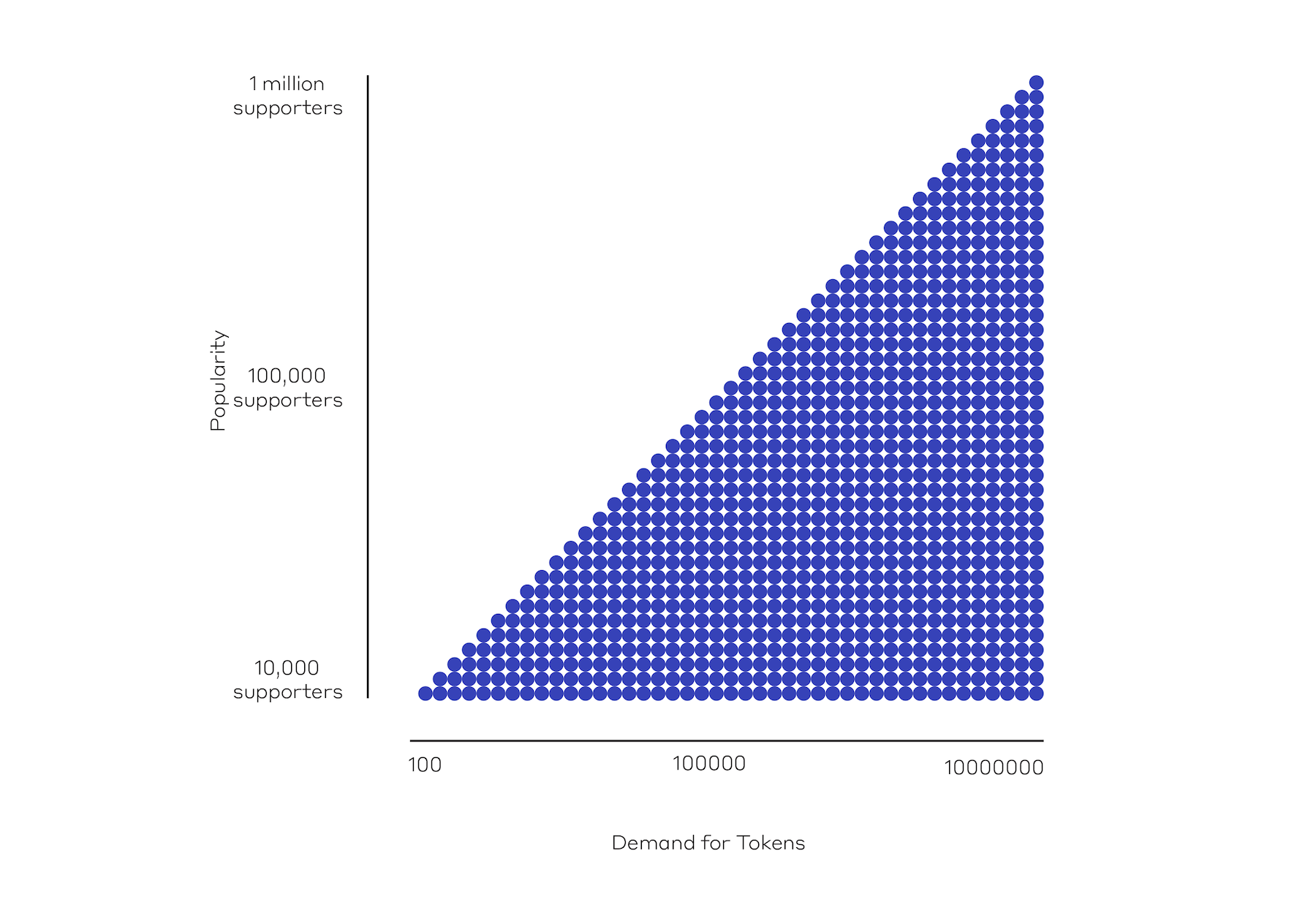
2. Mutually Beneficial Collaboration.
When a client purchases tokens from a designer, they become invested in the ongoing success of that token. The designer becomes a potential source of capital gain, like any other investment—something to be protected and nourished. For a designer, this means a client is more likely to support the process and capacity to perform.
3. Protection of Quality Design Time.
A Token Future should prevent design time from becoming overstretched. It would eliminate the fixed-fee contract, which sees designers at risk of shouldering disproportionate work without compensation—resulting in all-nighters, working weekends and, ultimately, a compromised design. Avoiding these pitfalls is in the best interests of all parties.
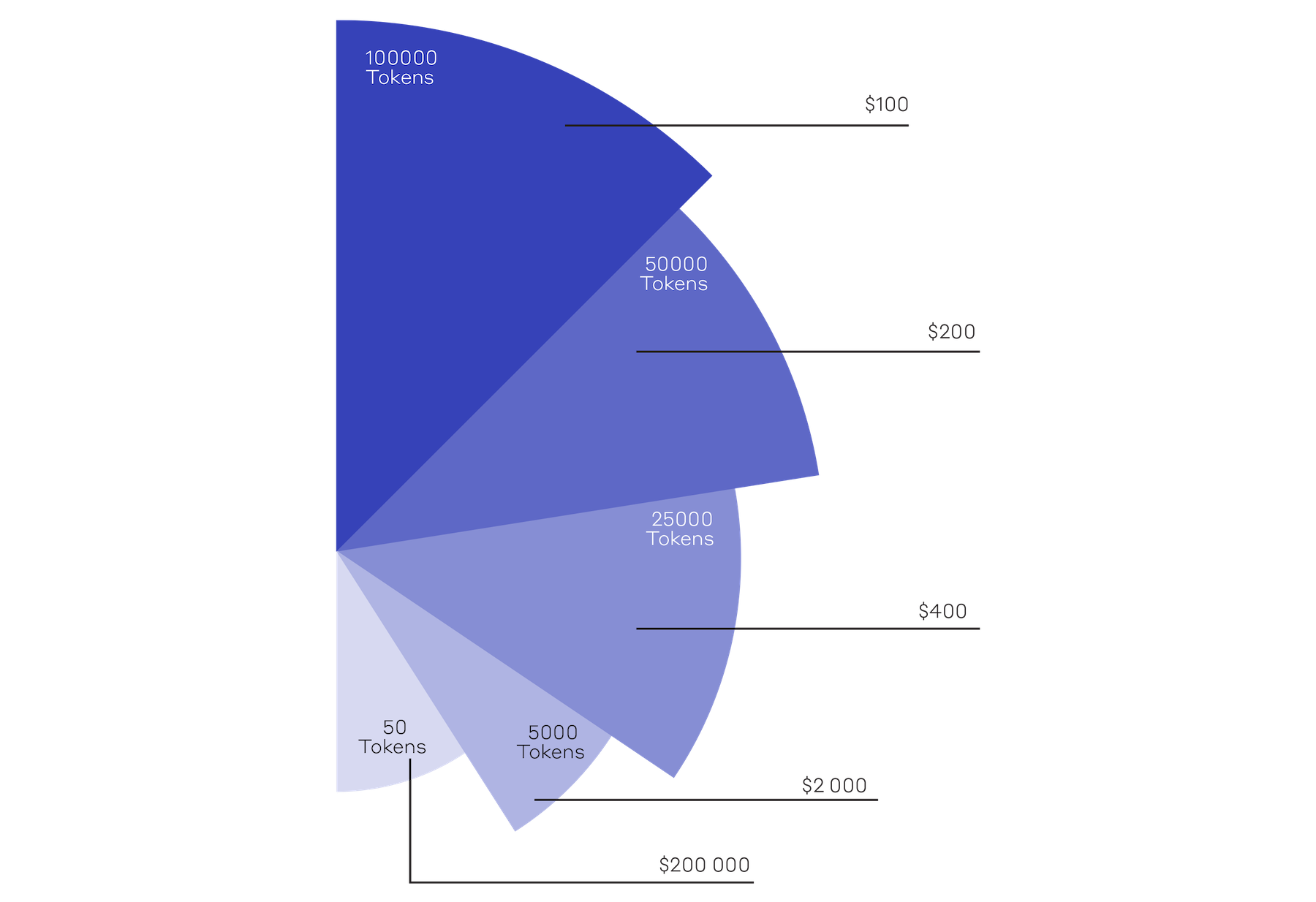
4. Less Money Wasted.
In a case where a client might need to cancel a project, good work and pursuant appreciation of the Token value may result in a financial return on their design investment rather than a write-off.
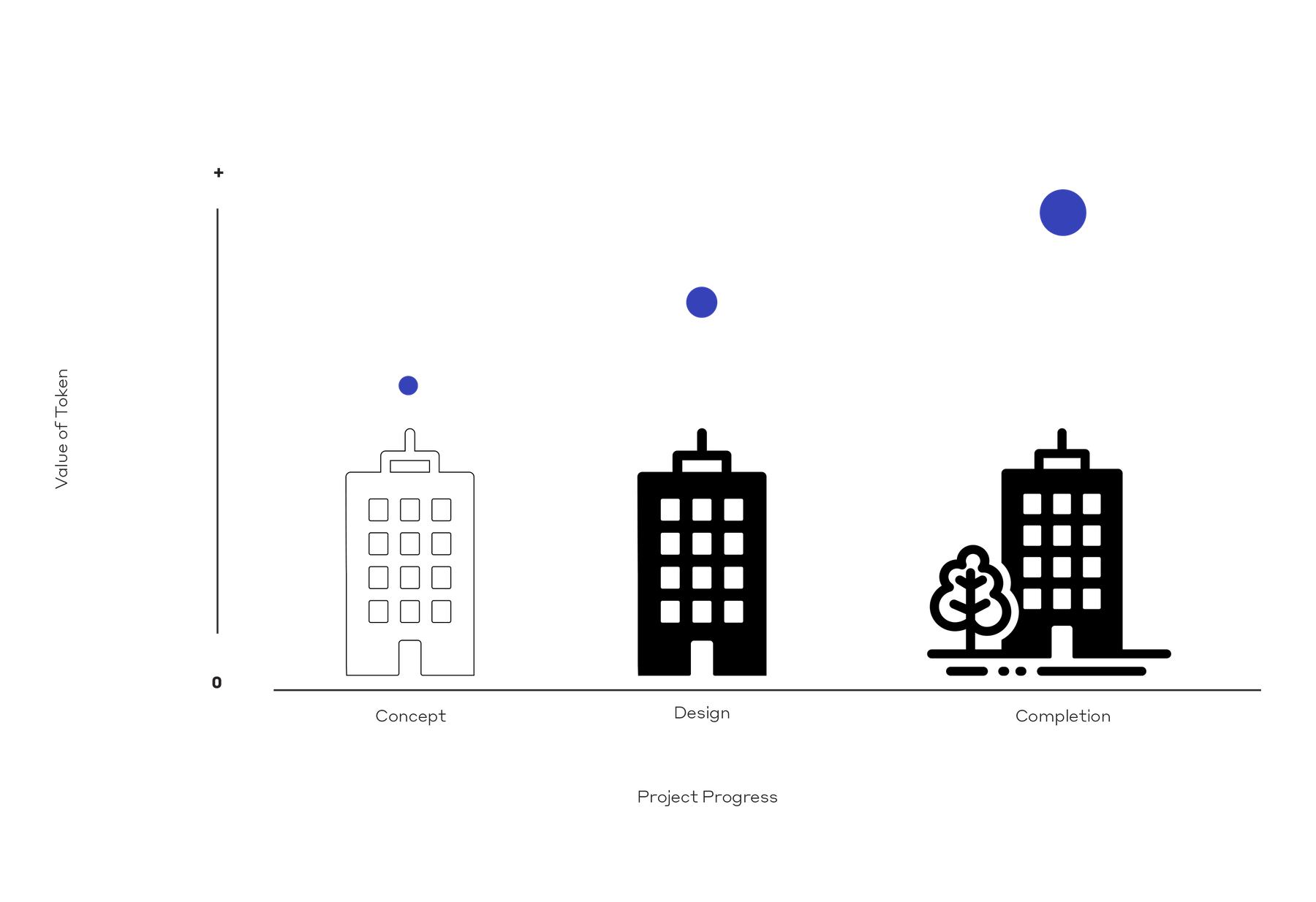
5. A Clearer and More Flexible Market.
The procurement of designers can be opaque and uncertain. Unfamiliar designers with hard-to-understand fee structures may be deemed a risk by clients. A project may need to be put on hold or cancelled. In both scenarios, a regulated and transparent token-based market would afford clients the opportunity to divest as they see fit, with the value of their original investment having appreciated.
6. An Equitable Market for Designers.
In such a system, a designer negotiates the supply of labor in a collaborative manner, only offering services in accordance with their resources. Managed professionally and systematically, design labor could be calibrated not only to a client’s requirements and the designer’s expertise, but also to the mutual financial and cultural benefit of each party—improving life for both parties.
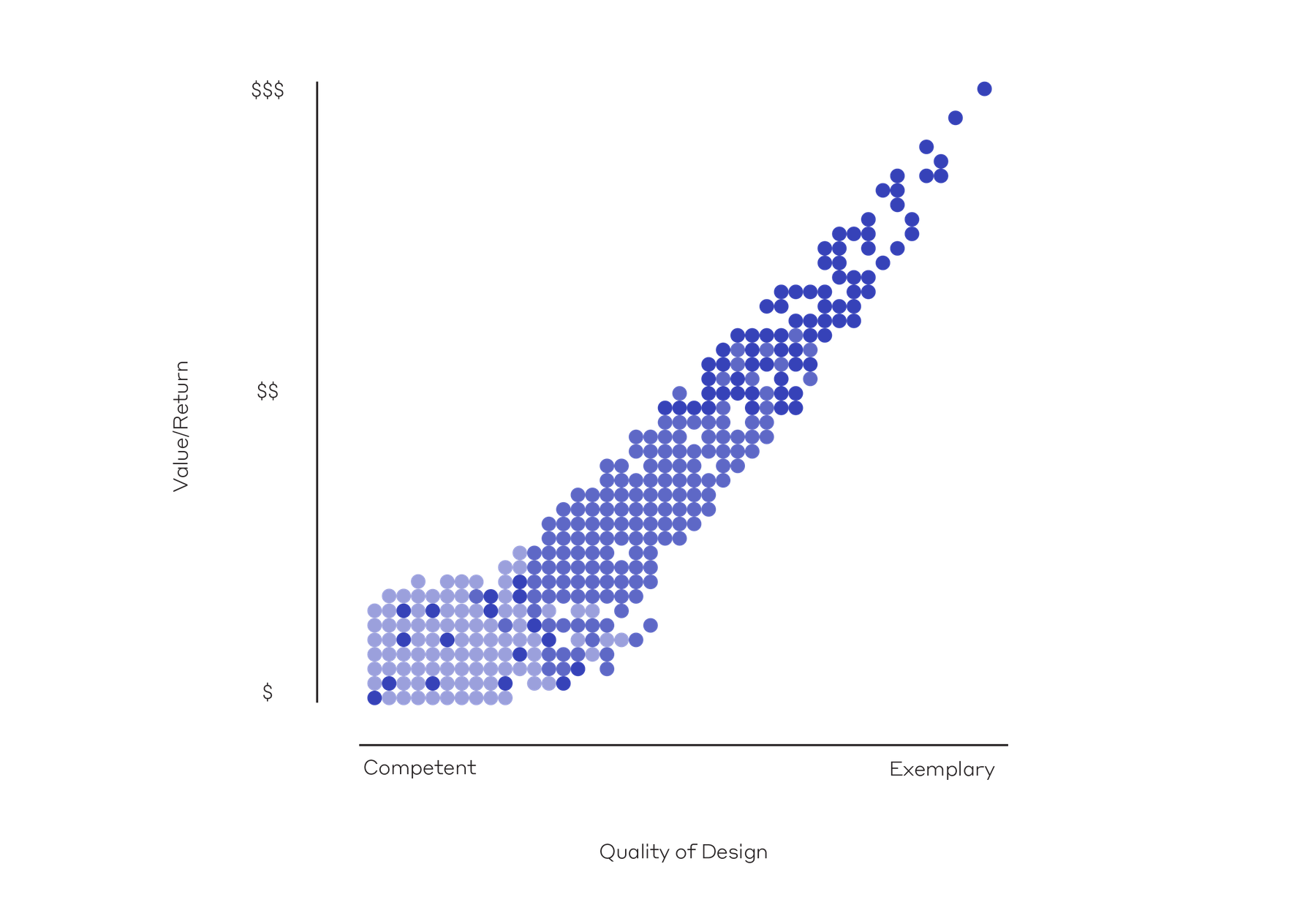
The benefits of a Token Future currently contend with numerous uncertainties and challenges—much like any innovation. Though this concept remains a glimmer on the horizon, NFTs in the design industry promise better welfare, growth, and profit.
As the design industry continues to chart a course toward automated production and an acceleration of the service economy, the rewards of exploring a Token Future for design labor outweigh the risks.
About the author
Jet Geaghan is an Architect based in Woods Bagot’s Sydney studio. For Jet, every building should be conceived with purpose, expertise and wit. Clarity of communication is fundamental to his work, whether it be in a design gesture, construction detail, or cultural testimony. Having completed numerous additions and alterations projects, Jet relishes the complexity and challenges of adapting existing buildings to address evolving demands and unforeseen potential. His experience lends him a broad understanding of the myriad parameters involved in bringing buildings of differing scales to life, which have included the 275 Kent Street redevelopment and the refurbishment of InterContinental Hotel Sydney. Jet has extensive experience with planning approvals, design, documentation, construction delivery, digital modeling, as well as a passion for the written word.
Related Stories
Webinar | Oct 6, 2022
Register today! Live webinar: The future of 3D + 360° construction progress management
Learn about the value of digital site documentation and progress monitoring, how reality capture is used for site documentation, and the value of both 3D scans and 360 photos. This live webinar will take place Thursday, October 20 at 2 ET/ 1 CT.
AEC Tech | Sep 23, 2022
Register today! Live webinar: 10 KPIs your AE firm needs to track for maximum project profitability
Join us for an engaging, live webinar presented by Steven Burns, FAIA, Chief Creative Officer at BQE Software as he explores 10 project performance KPIs that, when tracked properly, will transform the way your business operates, and subsequently how profitable each project is.
AEC Tech | Sep 15, 2022
Register today! Live webinar: Minimize project expenses to stay on budget with 360° photo capture
Learn how reality capture technology like 360° photo capture allows your on-site team to document jobsites faster and more accurately than ever. This live webinar will take place September 20, 2022, at 2 ET / 1 CT.
AEC Tech | Aug 8, 2022
The technology balancing act
As our world reopens from COVID isolation, we are entering back into undefined territory – a form of hybrid existence.
Security and Life Safety | Jul 5, 2022
What AEC firms should look for in a cybersecurity partner
When looking for expert partners in cybersecurity, AEC firms will find quite a lot of companies claiming to be at the forefront of modern threats. Here are five key points to look for when choosing a cybersecurity firm.
Laboratories | Jun 29, 2022
The "collaboratory" brings digital innovation to the classroom
The Collaboratory—a mix of collaboration and laboratory—is a networking center being designed at the University of Denver’s College of Business.
Augmented Reality | Jun 22, 2022
Not just for POKÉMON GO anymore: how augmented reality is transforming architecture
By solving a long-standing communication problem, Augmented Reality (AR) is poised to make architecture quicker, nimbler, and more cost effective.
Healthcare Facilities | Jun 20, 2022
Is telehealth finally mainstream?
After more than a century of development, telehealth has become a standard alternative for many types of care.
Smart Buildings | Jun 1, 2022
Taking full advantage of smart building technology
Drew Deatherage of Crux Solutions discusses where owners and AEC firms could do better at optimizing smart technology in building design and operations.
BAS and Security | May 26, 2022
Can your intelligent building outsmart hackers?
ESD's security services studio leader Coleman Wolf offers tips, advice, and lessons for protecting real estate assets from cyberattacks.


